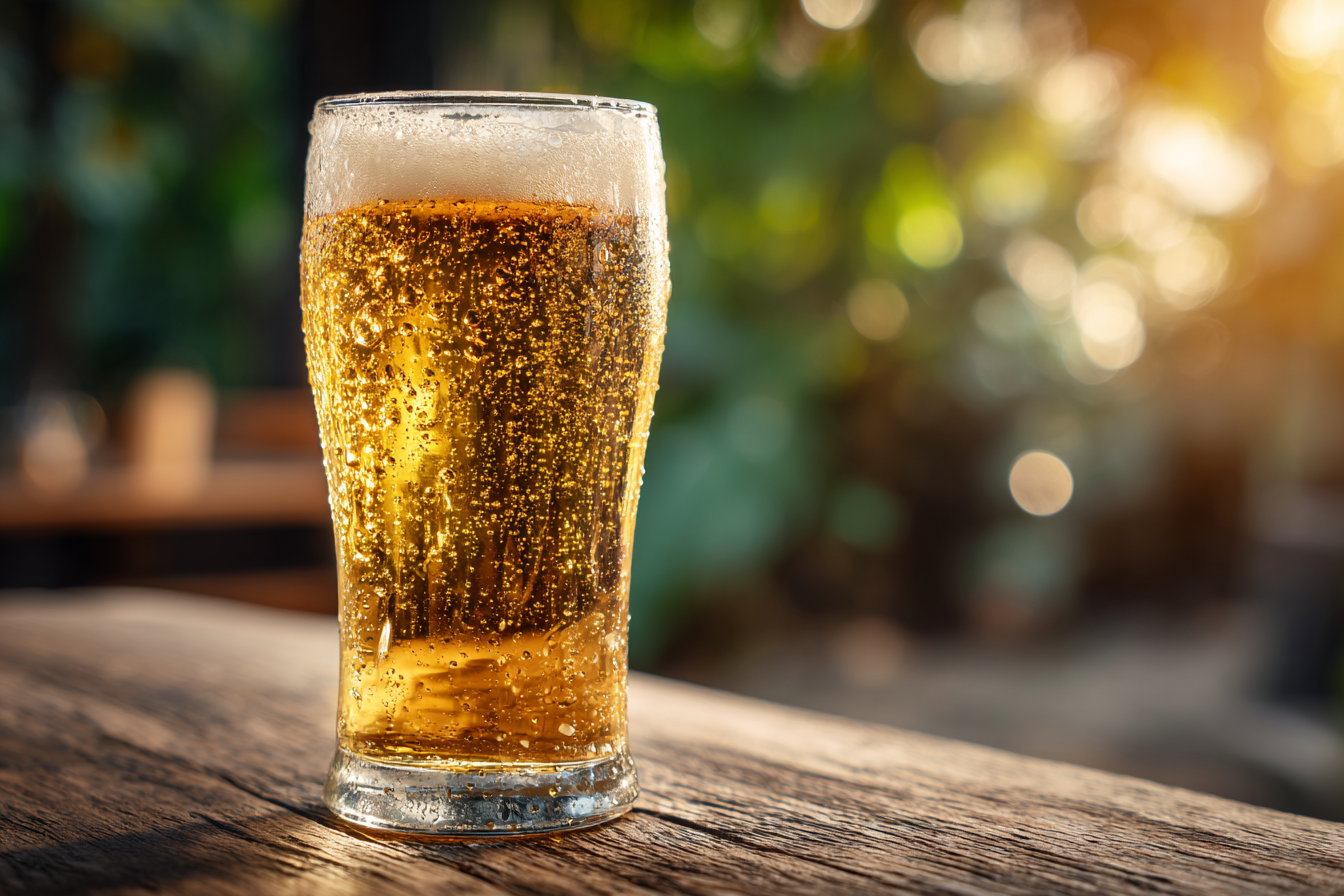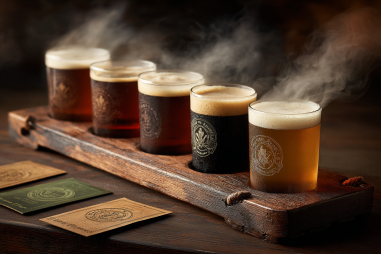When it comes to beer styles, the American Light Lager holds a distinctive place in the hearts of many drinkers. Known for its refreshing qualities and straightforward taste, this beer style has become a staple in the United States and beyond. Understanding the flavor profile of an American Light Lager offers not only insight into what makes this beer so accessible but also an appreciation for the subtle craftsmanship behind its brewing. In this article, we’ll explore the key elements of the American Light Lager flavor profile—covering everything from taste and aroma to mouthfeel and food pairing—while debunking some common misconceptions along the way.
Understanding Flavor Profiling
Flavor profiling is a method used by brewers and beer enthusiasts to describe and analyze a beer’s sensory characteristics. This includes evaluating what you taste, smell, feel in your mouth, and even the finish or aftertaste once you swallow. For American Light Lagers, flavor profiling is particularly important because these beers typically don’t have bold, overpowering flavors like some craft ales or stouts. Instead, their appeal lies in subtlety, balance, and drinkability. By breaking down the specific components of an American Light Lager’s profile, you can better appreciate the careful decisions brewers make to achieve this light yet satisfying experience.
Typical Taste Characteristics of American Light Lager
The primary taste characteristic of an American Light Lager is its light, crisp, and clean flavor. These beers often have a mellow malt sweetness that is mild and not too forward, lending a slightly grainy or bready underpinning. The hop bitterness is usually very low, resulting in a gentle bitterness that serves mainly to balance the malt sweetness rather than dominate the flavor.
Unlike hoppier craft lagers or IPAs, the American Light Lager’s hop profile is often subdued and sometimes difficult to detect distinctly. The overall palate is smooth and mild, with a moderate carbonation level that adds to the refreshing sensation on the tongue. Because of this, American Light Lagers are sometimes described as “sessionable” — easy to drink in multiple servings without overwhelming the senses.
Aromas Commonly Found in Light Lagers
When you bring an American Light Lager to your nose, you can expect clean, subtle aromas. These often include faint notes of grain, corn, or rice—ingredients commonly used in the brewing process to lighten the body and flavor. There might also be a touch of sweetness reminiscent of lightly toasted bread or crackers.
Hop aromas are typically minimal, sometimes presenting as delicate floral or herbal hints but rarely dominant. Additionally, most American Light Lagers are designed to minimize off-aromas such as diacetyl (buttery scent) or sulfur, aiming for a clean and neutral aromatic profile. The emphasis here is to keep the smell fresh and inviting, encouraging that first sip without any complex or sharp scents.
Mouthfeel and Body Description
One of the defining characteristics of the American Light Lager is its light body and crisp mouthfeel. Unlike fuller-bodied beers with creamy or sticky textures, these lagers feel thin and airy on the palate, enhancing their refreshing qualities. The carbonation level is generally moderate to high, providing a bright prickliness that helps cleanse the palate.
This light mouthfeel pairs well with the beer’s subtle flavor profile because it doesn’t weigh down the senses, making it an ideal choice for warm weather or casual drinking situations. The finish of an American Light Lager usually fades quickly and cleanly, leaving little to no lingering aftertaste—making room for another sip.
How Brewing Choices Influence Flavor
The flavor profile of an American Light Lager is heavily influenced by the specific brewing techniques and ingredients used. Brewers often select adjunct grains like rice or corn to dilute the maltiness and lighten the beer’s body. This choice helps achieve the signature crispness and subtle flavor that defines the style.
Fermentation temperature and yeast strain also play a critical role. Light lagers typically use clean-fermenting lager yeast strains at cooler temperatures, which suppress production of fruity esters and other complex flavors that might interfere with the beer’s clean character. Additionally, extended lagering (cold conditioning) allows flavors to mellow and smooth out.
Hop varieties are chosen for their mild bitterness and subtle aroma contributions. Brewers strike a balance ensuring bitterness is just enough to prevent the beer from tasting overly sweet, without introducing strong hop notes. Overall, brewing choices focus on simplicity and restraint to deliver the drinkable, crisp experience consumers expect.
Pairing Food with American Light Lager
The lighter profile of an American Light Lager makes it incredibly versatile for food pairings. Its crispness and low bitterness allow it to complement a wide range of dishes without overpowering the palate. Here are some popular food pairings:
- Grilled chicken or fish: The clean flavors of the beer enhance the mild proteins without adding heaviness.
- Salads and light appetizers: American Light Lager refreshes the palate and balances fresh, green flavors.
- Spicy foods: The mild malt sweetness and carbonation can contrast nicely with spicy heat, providing a cooling effect.
- Fried foods: Crisp mouthfeel cuts through the richness of fried dishes like french fries or onion rings.
- Cheese: Light lagers pair well with mild cheeses, such as mozzarella or young cheddar, enhancing their creamy textures.
Because of its light body, it’s generally best to avoid pairing an American Light Lager with very heavy or intensely flavored foods, like strong barbecue or heavily spiced curries, which can overshadow the beer’s delicate taste.
Clearing Up Common Misconceptions
Despite its popularity, the American Light Lager often gets a bad rap, especially from craft beer enthusiasts who favor bolder flavor profiles. However, many misconceptions about the flavor profile of this beer style are worth addressing.
Firstly, some assume American Light Lagers lack flavor or are overly watery. While it’s true they are mild, their subtle sweetness, crisp bitterness, and clean finish create a well-crafted balance that appeals to countless drinkers. The goal isn’t to overwhelm but to satisfy in a refreshing, refreshing way.
Another misconception is that they are all the same. While the general profile fits a specific style, different breweries bring their nuances, such as slight variations in malt character, carbonation levels, or adjunct usage, that can make one brewery’s light lager stand out from another.
Appreciating the Subtleties of American Light Lager Flavor
The American Light Lager may not have the complexity or intensity of some other beer styles, but what it lacks in boldness, it makes up for in drinkability and approachability. By focusing on subtle, clean flavors and a crisp, refreshing mouthfeel, this beer style has earned its place as a trusted favorite for millions of drinkers worldwide.
Next time you enjoy a cold American Light Lager, take a moment to appreciate the delicate balance of malt sweetness and gentle bitterness, the light carbonation lifting the experience, and the clean finish inviting you back for another sip. Understanding its flavor profile helps reveal the thoughtful simplicity behind what many might overlook as just a basic beer.







